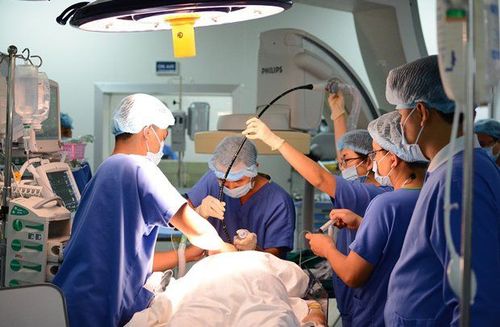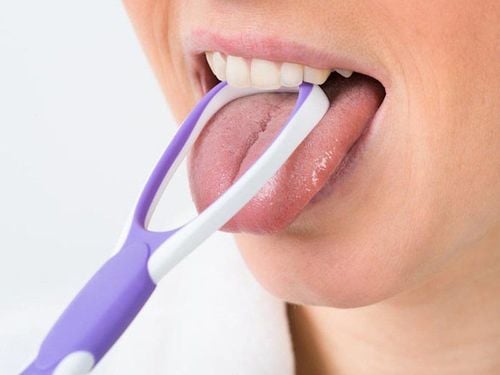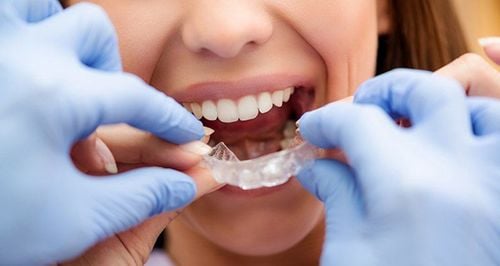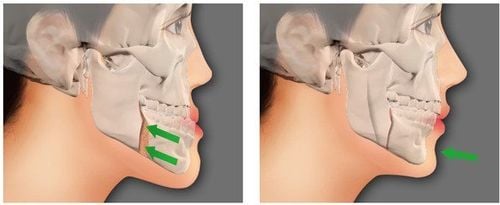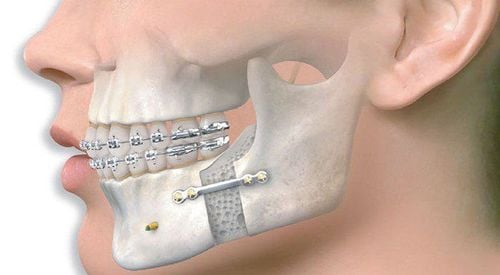This is an automatically translated article.
A dental trauma is physical trauma to the teeth, gums, alveolar bone (bone that holds the sockets of teeth), or soft tissues of the mouth, including the lips and tongue. Most tooth injuries are caused by accidents, including falls, car crashes, and playing sports.1. What is a dental injury?
A dental trauma is physical injury to the tooth, gums, alveolar bone (bone that holds the tooth socket), or soft tissues of the mouth, including the lips and tongue. There are several types of trauma that fall under the category of dental trauma, including the following:Chipped teeth Broken teeth, including broken roots, cracked enamel, etc. Teeth that are loose (myopia) Teeth that are stuck in the socket (intrusion) Teeth that are dislodged (avulsion) Fracture of the alveolar wall Fracture of the jawbone Tear of the lip Tear of the gums
2. What are the causes of dental trauma?
Most tooth injuries are caused by accidents, including falls, car crashes, and playing sports. Some cases are related to incidents of violence, such as fighting or physical abuse.3. Treatment of dental trauma
In some cases, such as when the extracted tooth cannot be found or if it is not treated early enough, other treatment options for tooth replacement can be discussed.3.1. How is a broken tooth treated? Tooth fractures can range from mild (involving chipping of the outer layers of teeth called enamel and dentin) to severe (involving longitudinal, diagonal, or transverse fractures of the tooth and/or root).
Enamel and dentin are the two outer protective layers of teeth. Enamel is the outermost white hard surface. The dentin is a yellow layer located just below the enamel. Enamel and dentin both have a role in protecting the living tooth tissue inside, called the pulp.
The part of the tooth that is visible in the mouth is called the crown and is only part of the entire tooth structure. The rest of the tooth is buried in the bone and is called the root.
Various tests are done in the mouth to determine if a tooth is broken. In some cases, dental X-rays can help diagnose, locate, and measure the extent of a tooth fracture.
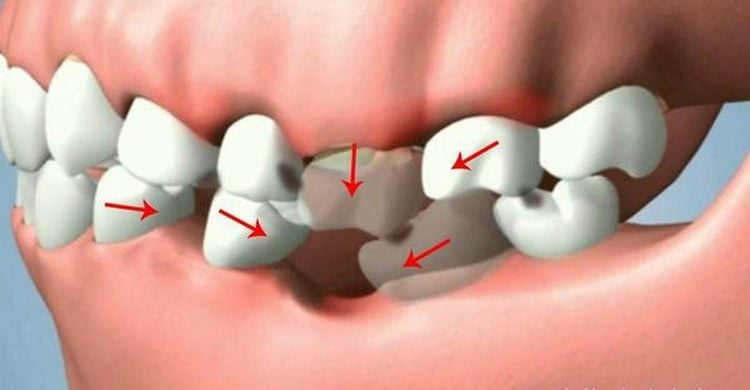
Mất răng sau chấn thương thường là do tai nạn
Severe fractures can cause teeth to shift and loosen, and cause bleeding gums.
To prevent a tooth from becoming completely loose, your dentist may splint the loose tooth by bonding it to adjacent teeth to help stabilize it while the underlying bone and gums heal.
Because of the high risk of pulp infection after the pulp is exposed to the oral environment, a root canal procedure may be required during the initial visit.
In addition, the dentist may prescribe a sedative bandage on the splinted tooth to help relieve the toothache.
Then, the tooth will be reevaluated after 2-4 weeks to determine if a root canal procedure is necessary. If the tooth appears to have recovered and is stable in the mouth, then the splint is removed and a filling or crown is placed to restore the broken tooth. Teeth may still need periodic follow-up over time (several months to a year) to determine if further treatment is needed.
The most serious injuries involve vertical, diagonal or transverse root fractures. In most cases, a root fracture leaves the injured tooth very loose and cannot be restored with dental work, so extraction is required.
Extracted teeth are often replaced with a removable plate containing dentures as a temporary measure until a more solid replacement plan is available.
There are some specific cases where a tooth with a transverse fracture near the root apex may not require extraction.
Root canal treatment for an injured tooth may be required in the future if symptoms of pulp death and tooth infection appear.
Routine dental X-rays for broken teeth are taken for close monitoring.
3.3. What is the treatment for chipped teeth? A minor tooth fracture usually just breaks the enamel. Teeth do not move out of position and do not bleed gums.
The only symptom of such a small chipped may be sharp or rough tooth edges that irritate the cheeks and tongue. The injured tooth itself may be painless or insensitive to food or temperature.
The risk of pulp damage is low and treatment is not usually considered urgent.
A small amount of orthodontic wax or sugar-free gum can be placed on the rough edge until the dentist can be seen.
Depending on the amount of enamel lost, definitive treatment is usually the placement of a filling or a crown to restore the normal contour of the tooth.
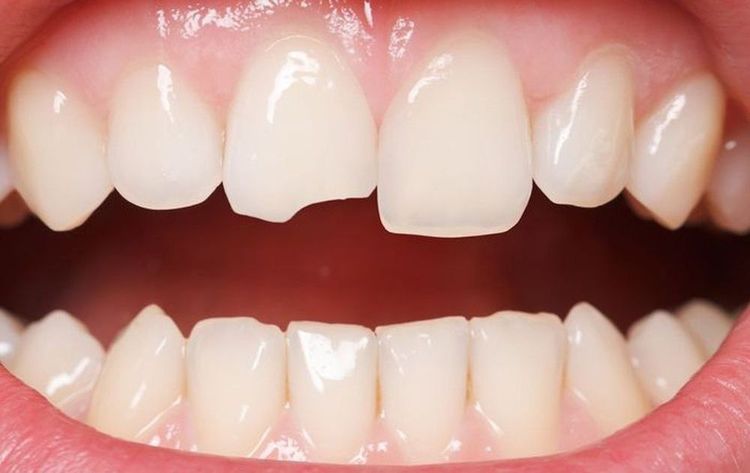
Chấn thương răng chỉ là sứt mẻ thì có thể trám răng để khôi phục lại đường viền răng
These deeper fractures may be sensitive to temperature changes, chewing or biting.
Prolonged exposure of dentin leaves teeth vulnerable to decay and can progress rapidly. Therefore, cracks related to dentin are treated promptly.
Treatment by placing a filling or a crown.
Unless there are persistent symptoms of pain, the tooth can be monitored with periodic dental X-rays to ensure that the tooth is healthy.
If a fracture has significantly damaged the pulp, treatment is with extraction or root canal therapy.
Extraction is indicated if the tooth has been significantly weakened by fracture and its form and function cannot be properly restored.
If the form and function of the tooth can be restored, root canal treatment is performed to prevent infection.
This procedure involves removing all dead pulp tissue and replacing it with inert material to prevent infection.
After root canal treatment is complete, the tooth can be restored with a filling or crown.
Dental - Jaw - Facial - Vinmec International General Hospital specializes in examining and treating all common dental problems in adults and children. The hospital has a team of qualified doctors and dentists and a system of advanced machinery to help support the examination process well and shorten the time.
Therefore, when there is any problem, you can go to the hospital to be checked for appropriate instructions from a specialist doctor. Avoiding leaving for a long time will affect the structure and aesthetics of the teeth.
Please dial HOTLINE for more information or register for an appointment HERE. Download MyVinmec app to make appointments faster and to manage your bookings easily.





